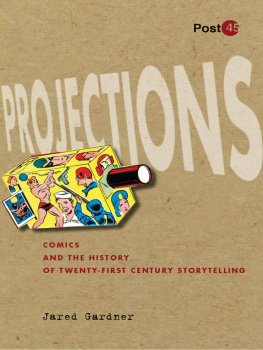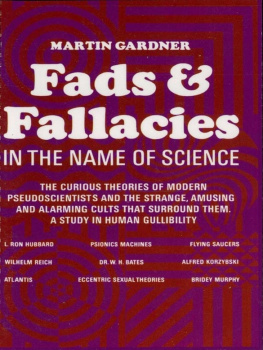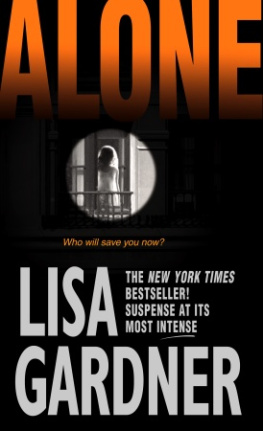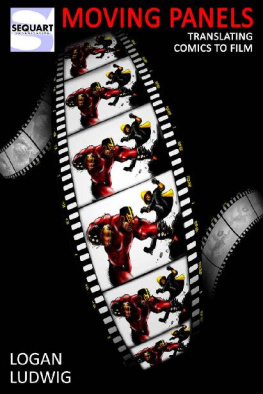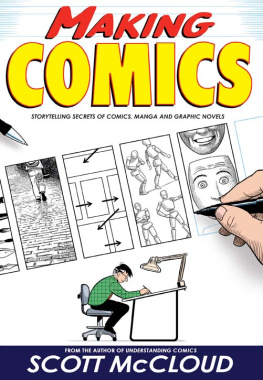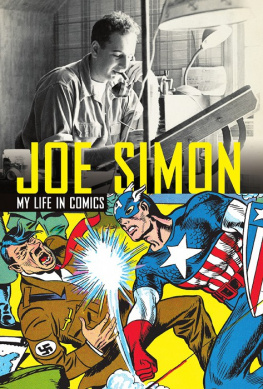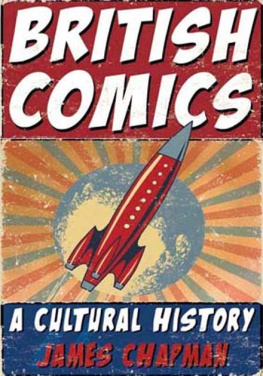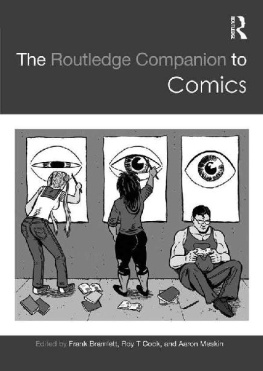
Florence Dore and Michael Szalay, Editors Post45 Group, Series Board
Projections
Comics and the History of Twenty-First-Century Storytelling
Jared Gardner
Stanford University Press
Stanford, California
Stanford University Press
Stanford, California
2012 by the Board of Trustees of the Leland Stanford Junior University. All rights reserved.
This book has been published with the assistance of Arts & Humanities, The Ohio State University.
No part of this book may be reproduced or transmitted in any form or by any means, electronic or mechanical, including photocopying and recording, or in any information storage or retrieval system without the prior written permission of Stanford University Press.
Printed in the United States of America on acid-free, archival-quality paper Library of Congress Cataloging-in-Publication Data Gardner, Jared, author.
Projections : comics and the history of twenty-first-century storytelling / Jared Gardner.
pages cm. -- (Post 45)
Includes bibliographical references and index.
ISBN 978-0-8047-7146-7 (cloth : alk. paper) -- ISBN 978-0-8047-7147-4 (pbk. : alk. paper)
1. Comic books, strips, etc.--United States--History and criticism. 2. Motion pictures and comic
books--United States. 3. Narration (Rhetoric) I. Title. II. Series: Post 45.
PN6725.G36 2012
741.5973--dc23
2011031184
Typeset by Bruce Lundquist in 10/15 Minion
E-book ISBN: 978-0-8047-8178-7
For Eli Gardner and Gideon Hewitt
Preface
The subject of this bookcomicsis named on a false assumption: that comics themselves are necessarily comical or funny (thus, the funnies). And as a form, comics has been plagued by a series of critical misconceptions and misunderstandings that have only served to compound the error of the name: that they are directed primarily at juvenile audiences; that they are easy or transparent reading; that they are, if not beneath contempt, certainly not worth notice from those whose job it is to determine what is, indeed, worthy of notice.
The effects of these misapprehensions of the comics form are clear. Until extremely recently, there were few serious attempts to study comics, either formally or historically. There have been periods when some comics creators experienced fame and even riches for their work (the 1920s and 1930s, for example), and there have been times (the first decade of the twentieth century, the late 1940s) when hysterical responses to comics prevailed. But for the most part, the art of sequential comics remained a culturally, critically, and commercially undervalued form throughout the first century of its existence. And while there have been periods when comics readers have been taken seriously (Hollywoods recent engagement with comics fans is the most obvious example), those who have found unique readerly pleasures and communities around the comics form (in all its forms) have been largely treated with suspicion or derision by those who have accepted the premises that there is nothing worth looking at in comics.
To be fair, there have been benefits to the cultural and scholarly neglect of comics. By only sporadically being profitable and almost never being respectable, comics has been left to develop its own language and its own unique relationship with readers, often for long periods, with few or no attempts to make the form respectableto do for comics what Hollywood sought to do in the 1920s: to kill the slum tradition in the movies in order to create an art that would meet the ideals of cultivated audiences.(Love and Rockets) put it in 2001 when asked whether he found comparisons to Gabriel Garca Mrquez flattering:
Im on the fence about this one.... When we are old men, we want to see new, young comic artists whose work is taken as seriously as any novel.... On the other hand, the comic books are in their own neat, kitschy, junky world that is unique to comics. We like that too. We like that its outlaw. You cant repair comics, you cant hang them in a museum and say, This belongs next to the Mona Lisa. Its the whole squirrelly factor, like early punk: There is the sense that this is bad, and we want it to be bad.
Indeed, when students ask me if I see comics being accorded the same seriousness in the university as film or the novel (both formerly disparaged popular narrative forms), I respond in the negative. As Hernandez suggests, hanging a comic in a museum or bringing it into the university does not repair what is essentially unique about the formqualities that, at least in part, work against all attempts to take the gutter out of comics and make of it a respectable form for respectable audiences.
Of course, the fact that my students today even ask such questions, or that Hernandez can wrestle with being compared to Garca Mrquez, or that the New York Times (which for over a century studiously ignored the phenomenon of the comic supplement) now reviews graphic novels with almost the same seriousness they accord to proper books by proper writersall of this attests to how much has changed in recent years.
Even in the most simplistic narratives, the reader imaginatively fills in this space with the missing action.
Of course, the space between the panels is not the only place where readers are summoned to take on an active role in filling in gaps. Of all narrative forms, comics are in many respects the most inefficient, a form that depends as much on what is left out as on what is includedand a form that depends on an active and imaginative reader capable of filling in the gaps in time. As a form that works with traditionally incommensurate systems of meaningtext and imageto tell its story, it also requires its readers at every turn to make active decisions as to how to read the two in relationship to a larger narrative. As I will argue in what follows, we might take the comics out of the cultural gutter, but we will never take the gutter out of comicsboth the literal formal element that marks the gaps and ellipses between panels and, as I will use the term more metaphorically throughout, the larger and often less formally explicit gaps that everywhere define how comics tell stories.
Gaps and discontinuities are vital to other narrative forms as well, especially since modernist experiments in the novel and painting exploded the once ideal seamless plot or canvas. Certainly it is hard not to see intimate connections between the formal experiments with the novel by Joyce or Faulkner and the fragmentary, looping narratives of modernity that I will discuss in Chapter 1. But they are also fundamentally different, in at least one respect. Behind the modernist novels break with linear time, traditional plotting, and other conventions of the nineteenth-century realist novel is always the prototype of the realist novel itself. Just as modernist poetrys breaking of the iamb required an iamb to break, so the experiments of the modernist novel are always a choice not to make use of available unities and coherences. Comics creatorswhile faced with an array of choices at every turnhave never had the possibility of developing tools and techniques that would allow them (as Hollywood cinema would do after 1920) to efface the gaps (the structural gutters), to suture the cuts and obscure the apparatus. Such acts of suture have never been available to comics.
In fact, the differences extend in ways that complicate any temptation to map too readily the formal properties of comics, a form which of course emerges, like modernism, with the turn to the twentieth century, to high modernism itself. After all, in many respects, we can understand that the novel is accorded the cultural prestige of an established art form only after the modernist turn and the embrace of gaps, discontinuities, and the visibility of the representational apparatus. These same characteristics have often been precisely what have marked comicsalways bound by visible gaps, discontinuities, and apparatusas all that is antithetical to art. Indeed, the qualifiers comic book and cartoon have become (and to a large degree remain) synonymous with everything that is opposed to the cultural prestige that the modernist novel achieved in the early decades of the last century.
Next page
